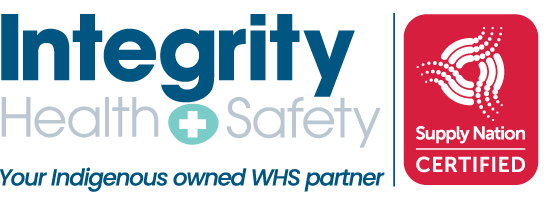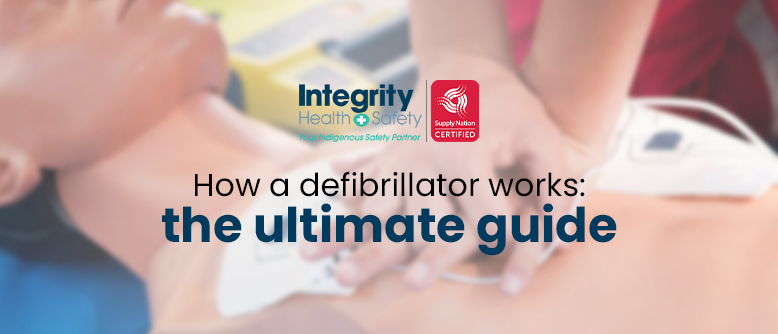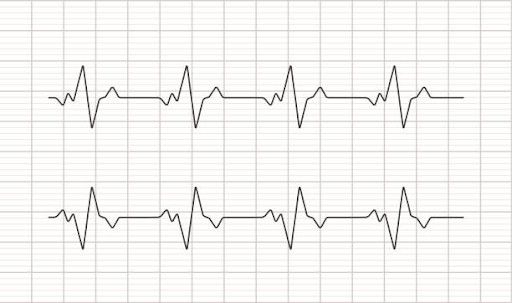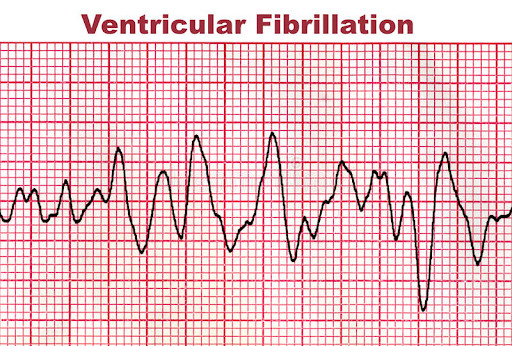In recent years, public awareness on the importance of automated external defibrillators (AED) has widened. The government has made strides in reinforcing the importance of defibrillators, and many businesses and nonprofit organisations have amplified the advocacy of having defibrillators in public places and pushed the AED (defibrillator) as a valuable life-saving device to mainstream consciousness.
There does seem to be a gap between the desire to use an AED (defibrillator) and the knowledge of having one. A lot of people are wondering what does the AED do? and how do AEDs work?
In this article, we will try to bridge this gap and give you valuable information on where to purchase an AED (defibrillator).
Let’s start with Sudden Cardiac Arrest
To answer the question how does a defibrillator work? we first need to know about sudden cardiac arrests (SCA) and what happens to a patient when they go into arrest.
When a patient is not responsive and breathing, chances are they’re in cardiac arrest and their heart has gone out of rhythm. Let’s check out the different heart rhythms that happen to a patient when they’re in normal sinus rhythm, VT or VF or asystole.
When a heart is beating normally, it is in sinus rhythm which means the heart is working effectively and pushing blood all around the body.
When someone goes into arrest, their heart starts to quiver and fibrillate. It is no longer pushing blood around the body, and it goes into what’s called ventricular fibrillation (VF) or ventricular tachycardia (VT).
When a heart in fibrillation is not treated immediately, it goes into asystole, or more commonly known as flatline. This generally happens 10 minutes after someone stops breathing, and the chance of survival has decreased drastically less than 1%.
How does defibrillation work?
Defibrillation is the act of administering an electrical current to a SCA victim so the cardiac muscle is depolarised. This allows the body’s natural pacemaker to re-establish the sinus rhythm.
Defibrillation is needed and must be done when the heart is still in VT or VF to prevent the heart from fully flatlining or going into asystole.
What does defibrillator do?
Defibrillators are medical devices used to treat someone in sudden cardiac arrest. They send an electric pulse or shock to the heart to restore a normal heart beat or bring it back to sinus rhythm.
A defibrillator analyses and fault-finds the heart rhythm. It will not shock sinus rhythm, meaning a heart that beats normally and does not need a shock will not be given an electric pulse by the defibrillator. In the same vein, a defibrillator also cannot shock a heart that is already in asystole or has completely stopped.
How does the defibrillator work?
So how do defibrillators work? The defibrillator will only shock a heart if it’s in VT or VF, which means the heart’s actually fibrillating and needs to be defibrillated.
What is an AED (defibrillator)?
An automated external defibrillator (AED (defibrillator)) is a kind of defibrillator ideal for public access areas. It is a lightweight, battery-operated, portable defibrillator with sticky pads instead of large paddles like the defibs found in clinical settings.
To make a defibrillator work, you have to stick the pads on the patient’s bare chest like you would wear a driver’s seatbelt: one pad goes on to the top right hand side of the chest or the thoracic cavity, and the other pad goes on to the bottom left hand side.
Once the pads are on, the defibrillator will prompt the first responder to stand clear as it will now start fault finding the heart, then it will decide on whether or not to administer a shock.
Fully automatic AED (defibrillator) vs Semi-automatic AED (defibrillator)
There are two kinds of AEDs: fully automatic and semi-automatic.
A fully automatic AED (defibrillator) has no shock button to push. It analyses the heartbeat, then prompts the rescuer to stand clear and gives a three-second countdown before it delivers the shock automatically.
A semi-automatic AED (defibrillator) will prompt the rescuer to stand clear, give a countdown and then prompt the rescuer to press the shocking flash button.
How do you use a defibrillator?
Below is a step-by-step guide on how to use an AED (defibrillator). It is important to note that CPR must be given to the patient before the
Step 1: Press the green button to turn the defibrillator on and follow its instructions.
Step 2: Remove the peel from the sticky pads and put them on the patient’s bare and exposed skin and across the actual axis of the heart.
Step 3: Once the pads are attached, stop CPR and keep your hands off the patient. The defibrillator will start analysing the patient’s heart rhythm.
Step 4: For a semi-automatic AED (defibrillator), press the shock button if it tells you to. For a fully automatic AED (defibrillator), steer clear and let the device deliver the shock automatically.
Step 5: The defibrillator will tell you when the shock has been delivered and whether you need to continue CPR. After the shock has been delivered, continue CPR if prompted by the AED (defibrillator) and stop if the AED (defibrillator) decides to analyse the heartbeat again.
Integrity Health & Safety: leading supplier of defibrillators in Australia
At Integrity Health & Safety, a Supply Nation certified Indigenous owned business, we strive to be an ethical, sustainable and socially responsible company that provides our clients with leading WH&S products and services while leveraging these relationships to support and improve Indigenous health care capability.
Using our many years’ experience as Paramedics and Healthcare workers, we are able to advise on best practice for defibrillators as part of your home, community or workplace first aid kit preparedness and help to empower your staff to feel confident to act in an emergency.






Comments are closed.